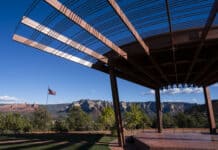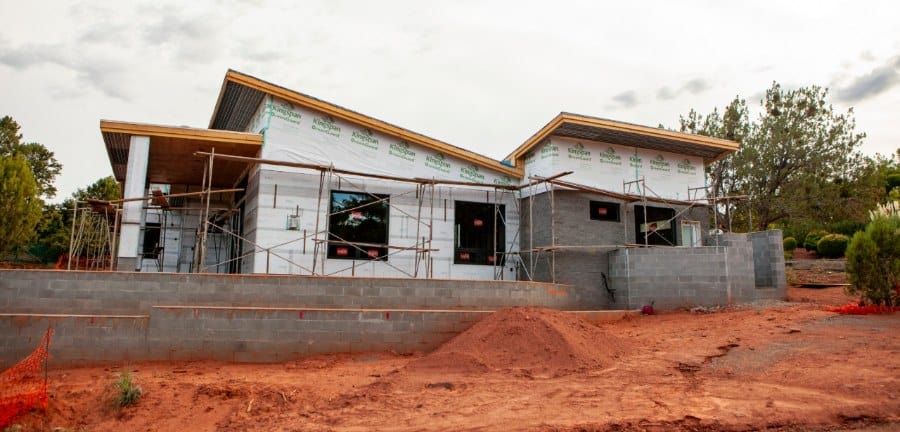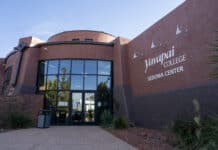It was more than a decade in the making. By a 6-1 vote, the Sedona City Council approved the adoption of building code updates and amendments including the 2018 International Code Council codes and the 2017 National Electrical Code during the meeting Tuesday, Sept. 24. Council spoke about this issue for two-and-a-half hours in June and at that time gave direction to staff regarding the updating of these codes. These building codes are designed as templates to establish the rules by which most construction activity can occur within the city.
Chief Building Official Steve Mertes was ill and wasn’t able to attend the meeting this week. But at that June meeting said the city is currently operating under the 2006 ICC codes and the 2005 NEC, all of which were adopted in 2007. Adopting the 2018 ICC codes and the 2017 NEC is an effort to address the most current construction practices, It’s also an effort to be consistent with the surrounding counties and communities and to address council priorities relating to housing and environmental sustainability. However, the ICC does allow cities to make changes to meet their own individual needs.
“These current codes are extremely outdated,” Mertes said in June. “As you can imagine, construction practices and products have passed up this code exponentially. We’ve been falling behind in our ability to review and inspect these new products.”
Coconino and Yavapai counties, as well as Cottonwood, Clarkdale, Camp Verde and Flagstaff are in the process or have since updated their codes. But most of them last updated theirs in 2012. Sedona city staff has stressed the importance of there being consistency among the neighboring communities. International codes are updated every three years.
Councilman John Currivan was the lone dissenting vote saying he did so because they were not shown the changes in the old to new international codes to evaluate them and they weren’t given any cost information to do a cost-benefit analysis primarily dealing with housing.
“If we have a change where the old code says X and the new code says Y or the old code said something and now it’s deleted, we don’t have anything that shows us what changes are being made,” he said. “I think it’s really extraordinary to expect a legislative body to vote on codes when we are not being shown the changes.” Currivan did, however, praise staff for providing a summary of changes that have been made at the Sedona level. Councilwoman Jessica Williamson said she didn’t feel it necessary for council to be given a line-by-line list of changes to the international code.
“Other jurisdictions approved these newer codes without having to go through every ‘and,’ ‘or,’ ‘but’ or size of poly chrome this or that because they also understand that it makes no sense for every individual entity to review a yard-high stack of codes that are reviewed and put together by experts internationally,” she said.
Examples of the dozens of codes being considered for updating include:
- Eliminate fire separation requirements between dwelling units and their accessory structures.
- Proposed amendment to reduce the height above adjacent grade at which guards are required from 30 inches to 20 inches.
- Add carbon monoxide alarm requirements.
- Proposed amendment to require all wiring governed by the IRC or NEC to be copper conductors.
- Solar-ready provisions.
- Tiny home allowances.
- Better reflecting new safety requirements, technology, products and installation procedures, especially in the realm of sustainable energy systems.
- Replacing Sedona code for pool barriers with comprehensive pool requirements.
When deciding on what Sedona codes needed to be updated, Mertes formed a community focus group made up of area contractors, architects and designers as well as members of the green and sustainability community. No one in the group opposed any of the proposed changes in the ICC. In fact, many said they have already been working under the 2018 standards.
Ron Eland can be reached at 282-7795 ext 122 or by email at reland@larsonnewspapers.com





















